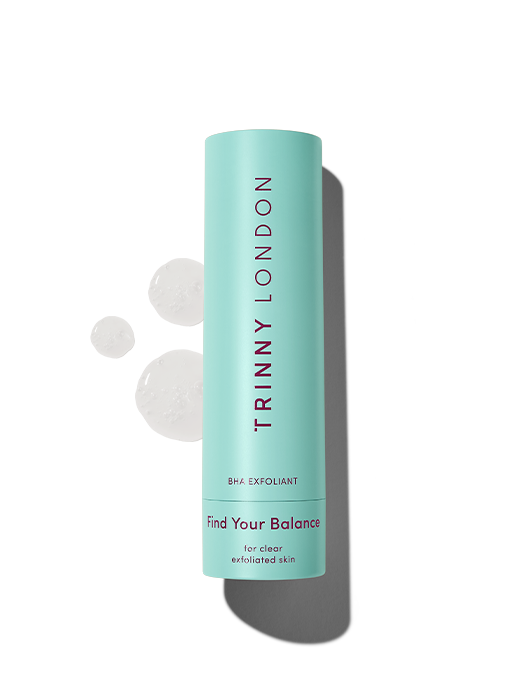
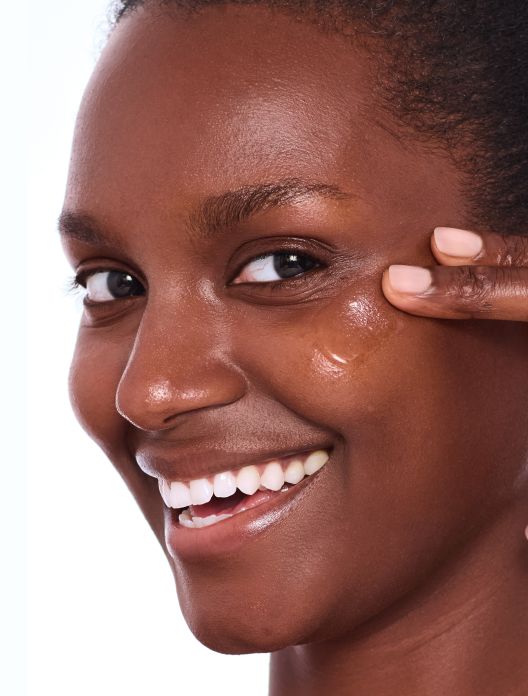
Find Your Balance
Clarifying complex to tackle blemishes

To be considered menopausal, it must have been a year since your last period. In which case, most of the symptoms associated with this time in our lives (mood swings, hot flushes and weight gain) have arrived way before this point. Think of menopause as the destination, and the perimenopause as the journey. The perimenopause can begin as early as your 30s, but most women start to experience the signs of perimenopause in their 40s. The average length of perimenopause is 4 years.
Supplies of the female hormone, oestrogen, dwindle during the perimenopause. But, instead of declining in a neat, steady line, they bounce around like a rollercoaster – soaring high before plummeting down, over and over. This has a knock-on effect on your complexion, and you’re likely to notice the signs of perimenopause showing in your skin. Understanding why these menopausal skin changes occur makes tackling them far easier.
The niggle of itchy skin is not just uncomfortable, but frustrating too. Our natural and immediate reaction is to scratch, but that will only make things worse, especially if you have long nails. This itchiness is triggered during perimenopause by a decline in our skin’s natural levels of our built-in moisturisers hyaluronic acid and ceramides. Without these in place, skin can quickly become dry, flaky and scaly, even if it was previously oily. This change isn’t limited to the skin on your face either, and can occur all over your body. Replenishing hyaluronic acid and ceramide levels with topical products is a great antidote, and will help to soothe and restore the skin. Try to also avoid anything heavily fragranced and keep the temperature of your taps to tepid, not hot, when bathing or showering.
Perimenopause can feel like a long process, but one part that can feel unfairly short is the rate at which your collagen levels decline. We lose around 30% of the collagen in our skin during perimenopause and menopause, resulting in structual change within the skin. Think of collagen as scaffolding, and without as much of it in place, skin can start to sag and wrinkle. This is the time when ingredients like retinoids and peptides really earn their keep in your skincare routine. Retinoids do a brilliant job of jump-starting the production of collagen as well as elastin, helping skin to behave more like its younger self. Peptides work in a similar way, instructing the skin to make more collagen.
Along with collagen, lipids deplete with age too. Without these elements adding cushioning and support in the background, skin becomes thinner. This means that even skin that was previously robust enough to tolerate full-on massage techniques and a plethora of actives is no longer quite so accommodating. If you have noticed that your normal routine is driving irritation or redness, strip things back to basics (cleanser, moisturiser and SPF) and re-introduce everything else one by one.
Perimenopause is an understandably stressful time for most, with physical and mental symptoms leaving you feeling a bit topsy-turvy. When we’re stressed, levels of the hormone cortisol surge, putting our body into fight or flight mode. Thinking it’s in danger, our body starts to prioritise blood and oxygen flow to our vital organs, putting our skin right at the bottom of the pile. With fewer supplies to work with, skin is less able to look after itself, which can lead to dryness, irritation and breakouts. It’s easier said than done, but taking time to yourself, getting enough sleep and eating well will all help to minimise the effects of stress on your body, and therefore your skin.
It isn’t as simple as men having male hormones and women having female ones, both have a combination. We know that during the perimenopause oestrogen levels drop, but hormones like testosterone are still very much present. This can lead to an increase in oil in the skin, which in turn triggers congestion and menopausal breakouts. Unlike the spots of your teenage years and 20s, these breakouts tend to be volcano-like, sitting angrily beneath the skin. Using ingredients like beta-hydroxy acids and retinoids will help to reduce blemishes and bring existing ones to the surface, while niacinamide can help reduce redness. It’s more important than ever to resist the urge to squeeze or pick at your spots. The wound healing function of our skin slows with age, meaning any breaks or marks left by prodding and poking will take longer to heal and fade, with increase likelihood of spot scars.
It’s not all doom and gloom around the perimenopause and menopause, and the experience can actually feel quite freeing in parts, giving you a new lease of life. You might discover proper skincare for the first time, and be excited to try new things. Strong actives like alpha-hydroxy acids and retinoids, especially if new to you, can initially overwhelm the skin, leading to dehydration or irritation. Instead of throwing the kitchen sink at your complexion all at once, go slowly, introducing just one new product at a time and leaving gaps between applications to check for any reactions.
Shop the article


Clarifying complex to tackle blemishes
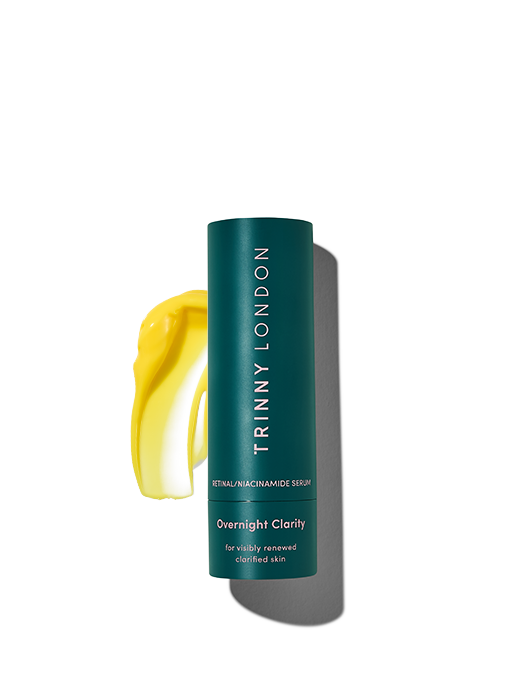
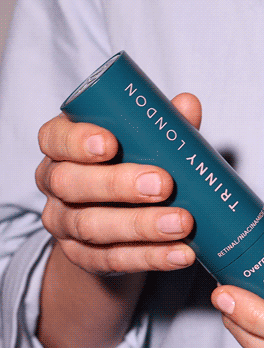
Retinal/niacinamide serum for visibly smooth, even skin, suitable for all skin types
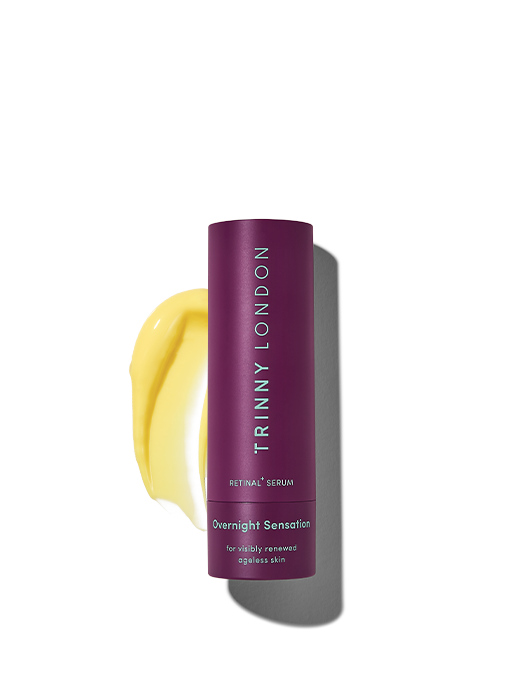

High-dose retinal serum for renewed, smooth skin, suitable for all skin types
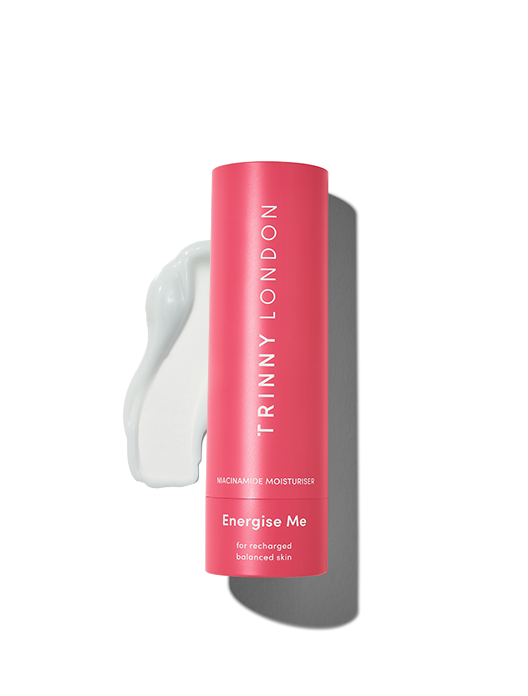
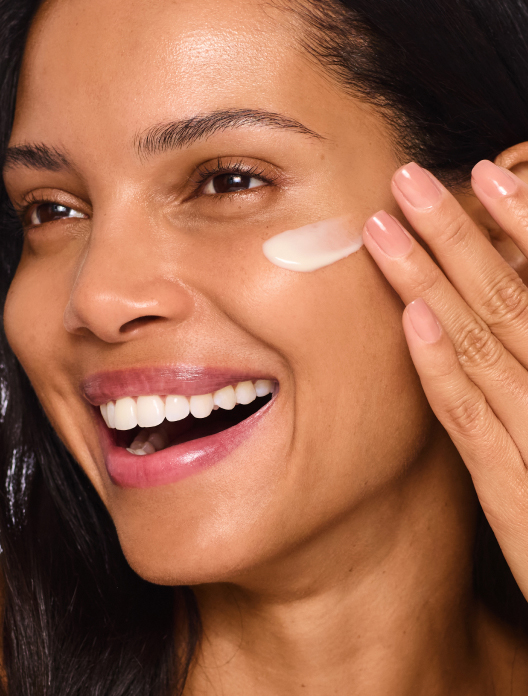
Niacinamide moisturiser for clear, energised skin, suitable for normal to oily skin
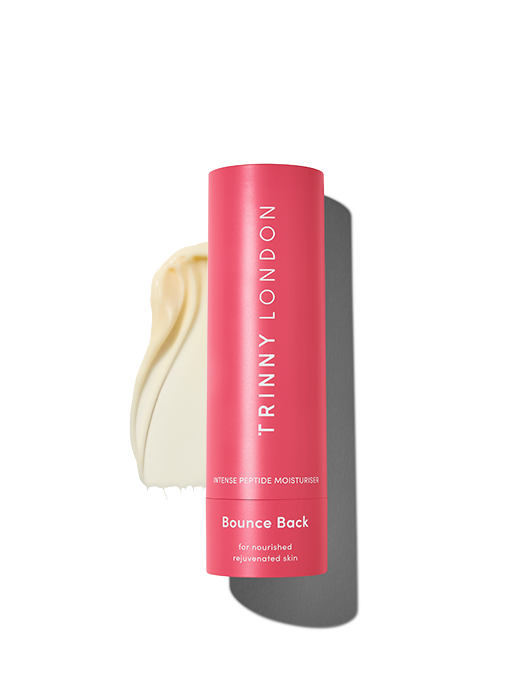

Intense peptide moisturiser for plump, bouncy skin, suitable for normal to dry skin